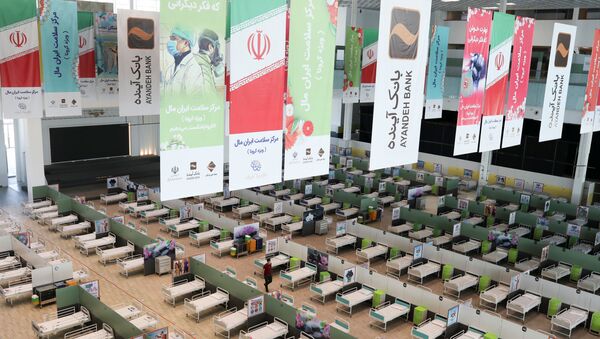Iran has developed its own software to swiftly detect COVID-19 in patients that uses artificial intelligence technology to analyse computed tomography (CT) scans of the lungs, the Iranian government announced on Saturday.
The technology allows doctors to instantly view the pictures of possibly infected lungs, while previously they had to do this job manually, according to Iranian Vice President for Science and Technology Sorena Sattari.
"...when we have a large number of people in hospitals or we do not have access to a radiologist, this system can help as a doctor. This tool can be used as a remote technique and it is ahead of all other versions of the world", Alireza Zali, Vice President for Science and Technology Sorena Satatri and director of the Coronavirus Fight National Headquarters, said, as quoted by Iran Press.
#Iran on Saturday unveiled homegrown smart software that helps physicians diagnose novel #coronavirus pneumonia with help of artificial intelligence that is used to analyze computed tomography (CT) scanshttps://t.co/tvOTHLy8Uj pic.twitter.com/jDv0wlsvBt
— Tasnim News Agency (@Tasnimnews_EN) April 4, 2020
The innovation was developed over a period of just one month through the joint efforts of Iranian universities.
Under the sanctions imposed by the United States, Iran is lacking vital medical equipment, which prompted Tehran to seek support in several international organisations for the lifting of economic restrictions. UN Under-Secretary-General for Humanitarian Affairs and Emergency Relief Coordinator Mark Lowcock and General Assembly President Tijjani Muhammad-Bande have both urged the US to ease sanctions during the virus outbreak.
However, a Russia-drafted General Assembly resolution calling for solidarity and global sanctions relief was blocked by the US, EU, UK, Ukraine, and Georgia on Thursday.
Iran remains the nation that has been worst hit by the new virus in the Middle East. According to the count by Johns Hopkins University, the country has registered a total of 55,743 COVID-19 infections, and at least 3,452 people have died from the disease there.


